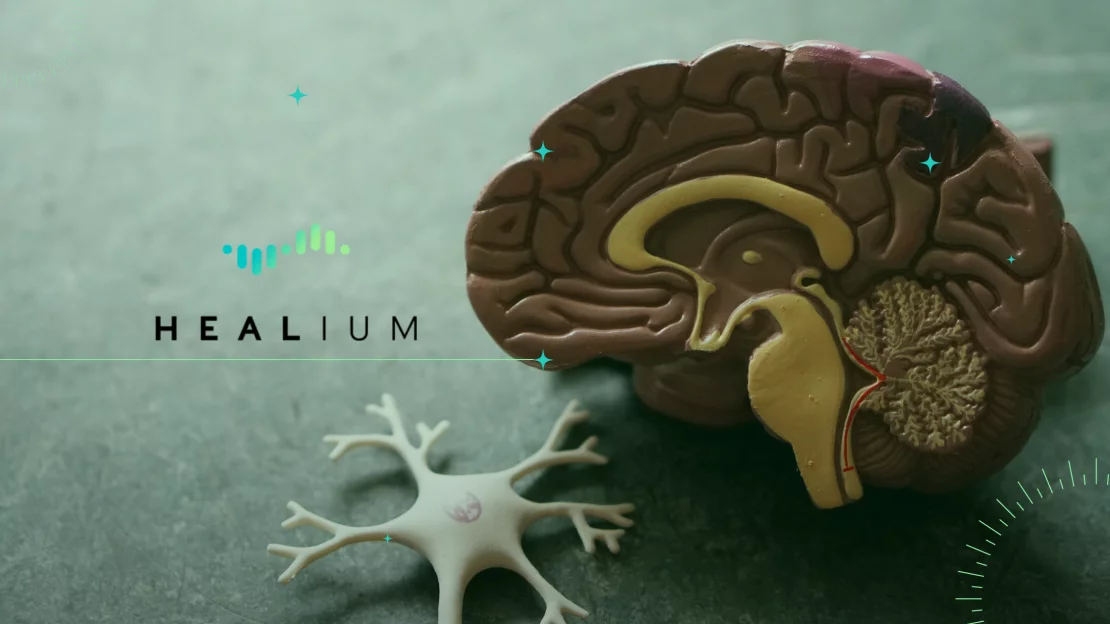Harnessing the Power of Bio-Feedback to Revolutionize Chronic Discomfort Management and Improve Standard of Life
Chronic discomfort is a syndrome that affects millions of individuals around the world. It can be triggered by various factors, including injuries, diseases, or even stress. For many patients, controlling chronic pain can be a daily challenge that impacts their standard of life. Conventional treatments often include drugs, physiotherapeutic therapy, and occasionally surgery. However, these methods do not always provide the relief that individuals desire. Recently, biofeedback has surfaced as a potential option for controlling chronic pain and enhancing overall well-being.Biofeedback is a technique that educates individuals how to manage specific bodily functions by using indicators from their own bodies. This approach involves employing sensors that track physiological responses such as heart rate, muscle tension, and skin temperature. By providing immediate feedback, patients can learn to identify their body's reactions to pain and stress. This awareness allows them to formulate strategies to handle their pain more effectively. For instance, if a person observes that their muscle tension increases when they are in pain, they can practice relaxation strategies to help reduce that tension.

One of the key advantages of biofeedback is that it enables individuals to take an proactive role in their pain control. Instead of depending solely on drugs or treatments from medical providers, patients can gain to comprehend and regulate their own bodies. This feeling of control can lead to increased confidence and a more positive outlook on life. Many patients report feeling more in charge of their pain and less like victims of their condition. This shift in mindset can substantially enhance their standard of life.
Research has demonstrated that biofeedback can be beneficial in reducing chronic pain indicators. Studies indicate that patients who use biofeedback techniques often more helpful info experience less pain and improved physical function. Additionally, biofeedback can help reduce anxiety and stress, which are common issues for those dealing with chronic pain. By tackling both the physical and psychological aspects of pain, biofeedback provides a comprehensive approach to pain management. This integrated method can lead to better outcomes for patients, allowing them to engage more completely in their routine activities.
In summary, biofeedback is a significant tool for revolutionizing chronic pain control. By educating patients to comprehend and control their physiological responses, biofeedback enables individuals to take charge of their pain. This approach not only helps reduce pain but also enhances overall standard of life. As more individuals look for options to conventional pain control methods, biofeedback stands out as a promising option. With continued research and recognition, biofeedback could become an essential part of chronic pain treatment, helping patients lead more fulfilling, more fulfilling lives.